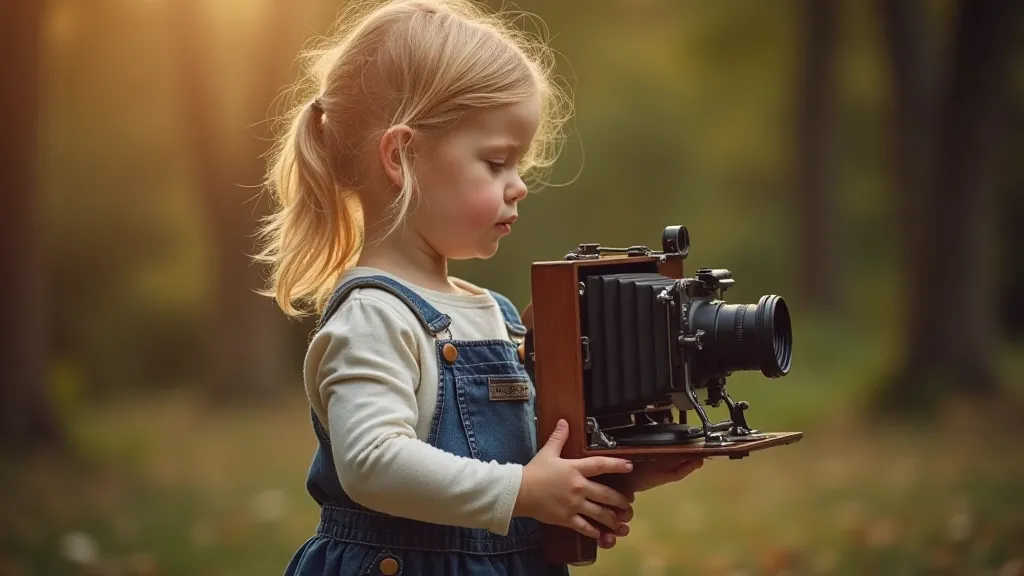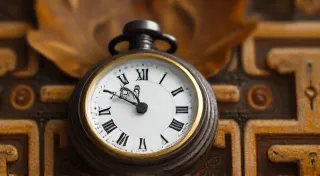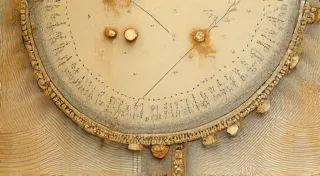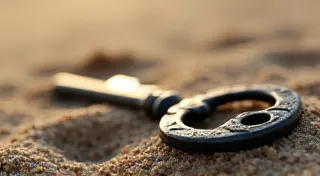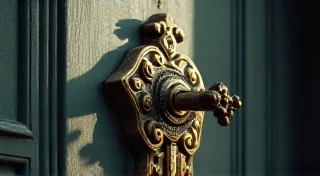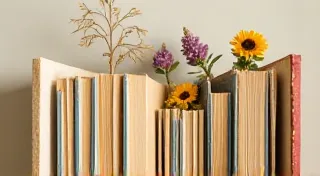The Keeper of Memories: How Antique Cameras Became Family Heirlooms
There's a certain weight to an antique camera, a feel of solid craftsmanship and a quiet history held within its metal shell. It’s more than just a device to capture light; it’s a time capsule, a repository of moments, and increasingly, a treasured family heirloom. The scent of aged leather, the satisfying click of the shutter release – these aren’s just sensory details, they’re echoes of lives lived, loves shared, and a connection to generations past. In a world dominated by fleeting digital images, the enduring appeal of these mechanical marvels isn't just about aesthetics; it’s about the stories they hold.
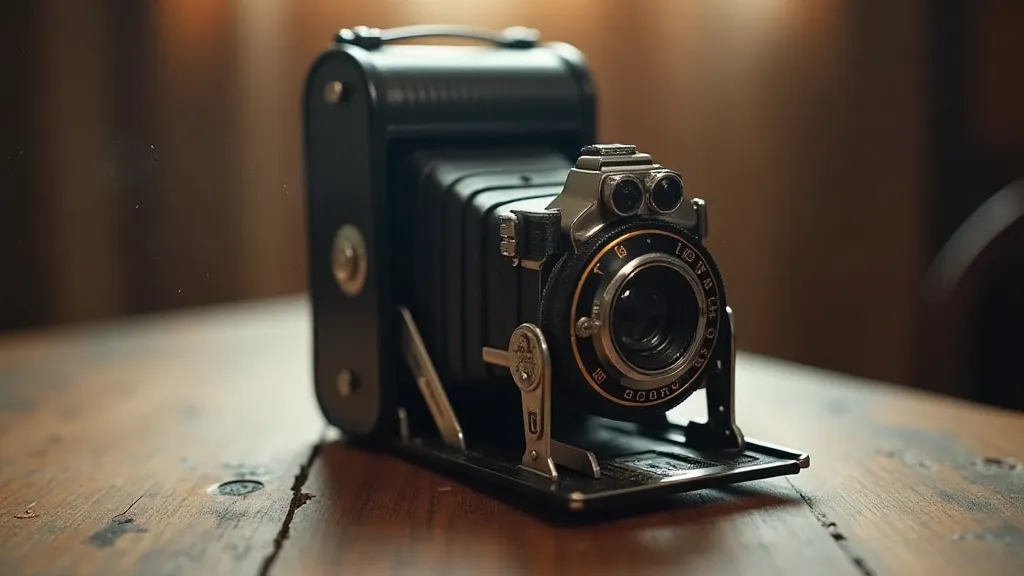
More Than Metal and Glass: The Rise of the Family Camera
The late 19th and early 20th centuries witnessed a revolution in photography. Suddenly, capturing images wasn’s the exclusive domain of professionals; it was becoming accessible to the masses. Companies like Kodak, with their groundbreaking slogan, “You press the button, we do the rest,” democratized the photographic process. The Brownie, launched in 1900, epitomized this shift – a simple, affordable camera that put photography into the hands of families, vacationers, and anyone eager to document their lives.
These weren’t disposable gadgets. Early cameras were built to last, testaments to a time when quality and durability were prized above all else. The intricate mechanisms, the precise machining of gears and levers, all spoke of a dedication to artistry and longevity. They were intended to be passed down, to become familiar companions on countless family adventures. Imagine the young boy, receiving his father’s bellows camera, a weighty symbol of connection and the responsibility of preserving memories.
The Stories They Tell: From Grandparents’ Honeymoon to a Child’s First Steps
The true value of an antique camera isn’t in its rarity or its market price; it's in the stories it represents. These objects become entangled with family narratives, intertwined with moments of joy, sorrow, and significant life events. I recently spoke with Eleanor, whose grandfather left her his Kodak Autographer. “It wasn’t just a camera,” she said, her voice thick with emotion. “It was a tangible link to him. He took pictures of my grandmother on their honeymoon in the Lake District. There are faded images of my parents as children, blurry snapshots of summer picnics. Each picture is a fragment of their lives, and now, it's a part of mine.”
These photographs aren’t just visual records; they’re emotional anchors. They evoke smells, sounds, and feelings – the warmth of a summer day, the laughter of loved ones, the comforting presence of family. They transport us back in time, allowing us to relive cherished moments and reconnect with those who are no longer with us. The camera itself becomes a vessel for these memories, a silent witness to generations of family history.
Consider the Rolleiflex, popular amongst photojournalists and amateur enthusiasts alike. Imagine a young man, carrying his Rolleiflex through the bustling streets of a post-war city, documenting the resilience and spirit of his community. Or a mother, carefully framing her children playing in a sun-drenched garden, the Rolleiflex’s twin lenses capturing the scene with a unique perspective. These cameras weren’t just tools; they were extensions of the photographers' hearts, capturing the world through their eyes.
The Art of Preservation: Caring for a Legacy
As these cameras become family heirlooms, the responsibility of preserving them falls to subsequent generations. It's not simply about keeping them free from dust and scratches; it's about maintaining their functionality and respecting their history. While full restoration can be a complex and often costly endeavor best left to professionals, there are simple steps that can be taken to ensure their longevity.
Regular cleaning with a soft cloth to remove dust and grime is essential. Proper storage in a dry, stable environment helps prevent corrosion and damage. For cameras with leatherette or bellows, occasional conditioning with specialized products can help prevent cracking and drying. And, perhaps most importantly, handling the camera with care and respect acknowledges its significance as a cherished family treasure.
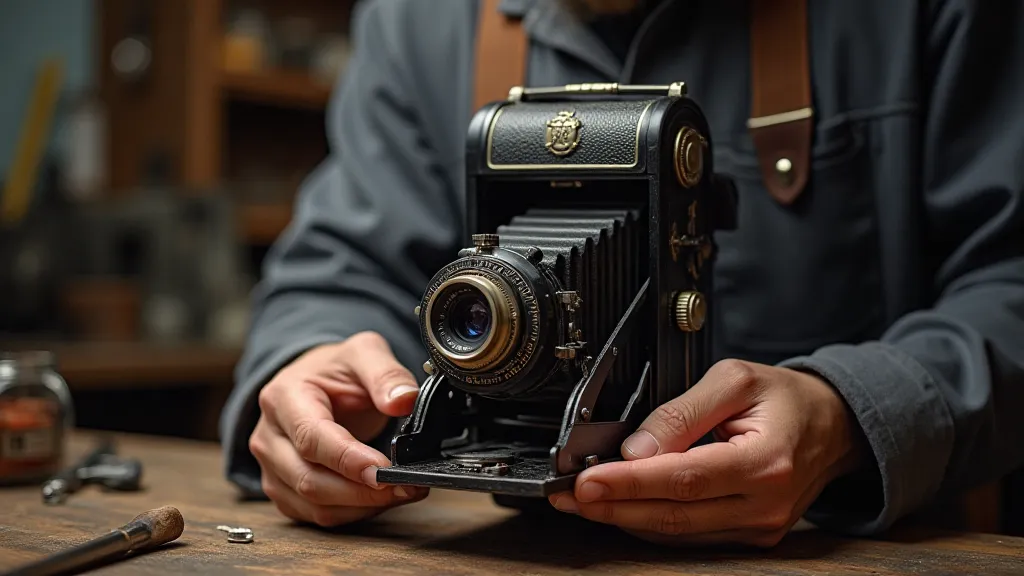
Beyond the Lens: Collecting as a Connection to History
For some, collecting antique cameras goes beyond a mere hobby; it’s a way to connect with history, to appreciate the ingenuity of past generations, and to understand the evolution of photography. Each camera represents a specific era, a particular technological advancement, and a unique design aesthetic. From the simple box cameras of the early 1900s to the sophisticated rangefinders and SLRs of the mid-century, each model tells a story about the changing world.
The rise of collector’s communities – online forums, antique shows, and photography societies – provides a platform for enthusiasts to share their knowledge, exchange information, and celebrate their passion. These communities foster a sense of camaraderie and provide valuable resources for both novice and experienced collectors.
The Enduring Appeal: More Than Just a Camera, a Keeper of Memories
Antique cameras are more than just mechanical objects; they are tangible links to the past, repositories of family history, and symbols of enduring craftsmanship. They represent a time when things were built to last, when quality was valued above quantity, and when the simple act of capturing a moment was a source of joy and connection. As these cameras continue to be passed down through generations, they will undoubtedly remain cherished family heirlooms, keepers of memories, and reminders of the enduring power of photography.
The click of the shutter, the smell of aged leather, the weight of history in your hands—these are the sensations that bind us to the past and connect us to the future. And within each antique camera, there’s a story waiting to be told.
